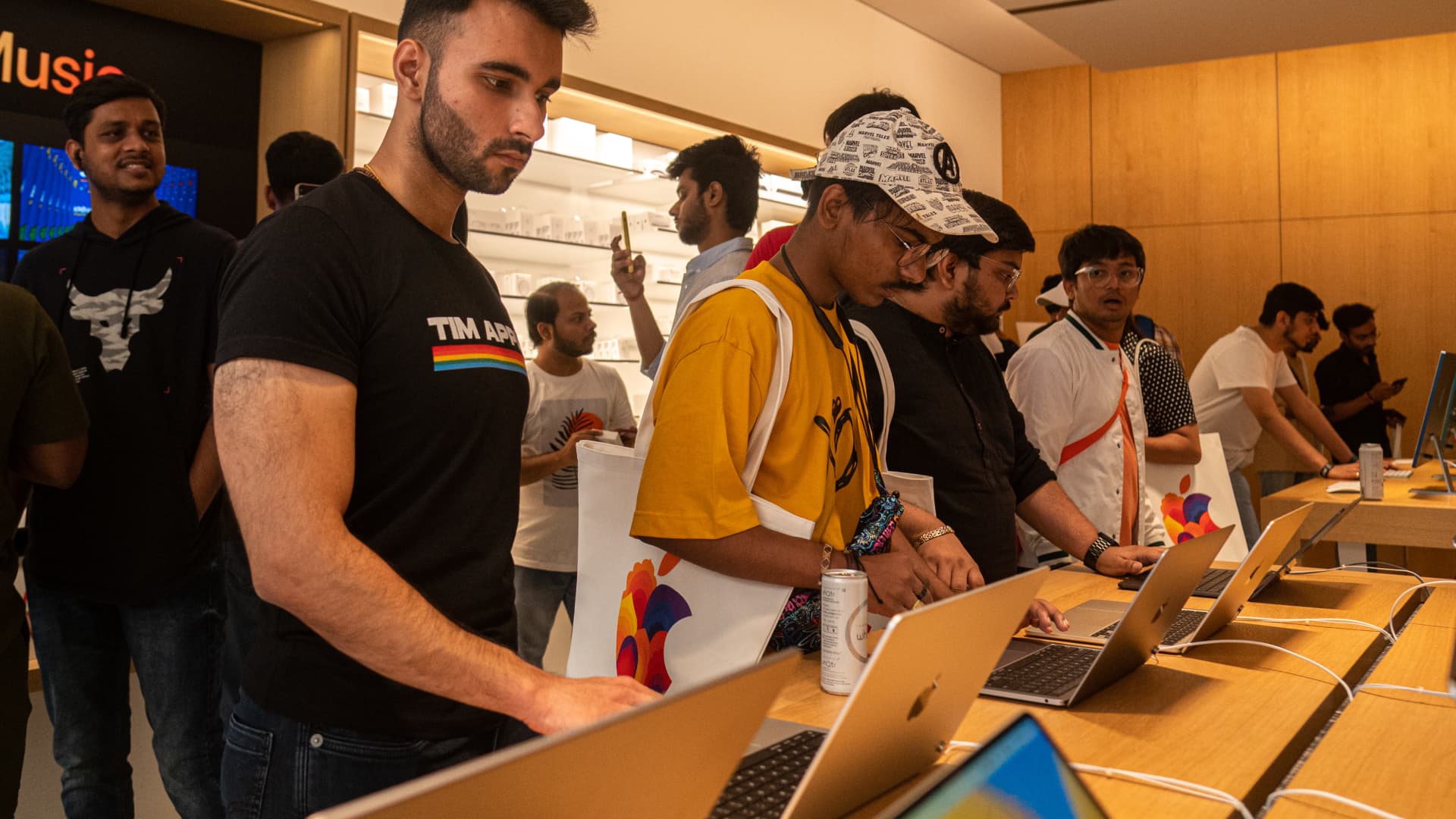India's direct selling sector has experienced a 5.4% growth in 2022, propelling the country to the 11th position in the global ranking of top direct selling markets, with retail sales amounting to $3.23 billion.
India is experiencing a contradictory trend in consumption, as middle-class consumers face the impact of food inflation while upper middle class consumers increase their spending on premium goods like cars and real estate.
The global consumer electronics market is projected to reach $1.38 trillion by 2028, with smartphones driving growth and technology trends such as 5G networks, IoT, and sustainability shaping the market.
India's economy is experiencing consistent growth, and is predicted to become the fourth-largest economy within 18 months and the third-largest by 2028, driven by strong fundamentals and infrastructure development, while successfully reducing poverty; however, further reforms in areas such as patents, judicial, administrative, and process reforms are needed to boost economic growth.
India is projected to become the third largest economy in the world in the near future, but it needs to continue implementing reforms, improving infrastructure, and investing in education, according to World Economic Forum President Borge Brende at the B20 Summit in New Delhi.
Consumer spending is driving third-quarter GDP growth, but unsustainable spending habits, tightening lending standards, and the depletion of pandemic savings may lead to a decline in consumer spending in early 2024.
India's recent achievements and economic growth have positioned it as a rising global power, but the country must address its challenges in poverty, job creation, education, and inequality in order to fully realize its potential.
India's GDP growth reached a four-quarter high of 7.8% in Q1FY24, with private consumption and services picking up pace, but challenges lie ahead with the sustainability of services growth and concerns over the monsoon and agriculture sector.
India's economic rise is seen as inevitable due to factors such as a consumer boom, context-appropriate innovation, a green transition, a demographic dividend, access to finance, major infrastructure upgrades, policy reforms, geopolitical positioning, and a diaspora dividend, although challenges such as unbalanced growth, unrealized demographic potential, and unrealized ease-of-business and innovation potential still need to be addressed.
India's economic growth is estimated to be closer to 7.5%, with the country's first quarter growth at 7.8%, reflecting India's increasing stature in the world.
India's aluminium sector is thriving due to government infrastructure growth and increasing industry demand, with expectations for India to become the world's second biggest aluminium consumer as its per capita consumption remains low.
With the right reforms, India has the potential to become the next engine of global growth, benefiting from major economic re-alignments caused by China's slowdown and the US diversifying its supply chains. Major corporations are already investing in India, recognizing its potential. However, India needs to overcome challenges such as high tariffs, infrastructure improvements, and regional cooperation to fully realize its manufacturing potential and attract foreign investment.
The global semiconductor market is rapidly growing, with the Asia Pacific region holding the dominant position, and 70% of future industry growth expected to come from automotive, computation, and wireless industries; top semiconductor companies such as NVIDIA, Texas Instruments, and Intel are employing various strategies to combat the semiconductor shortage and meet the rising demand.
